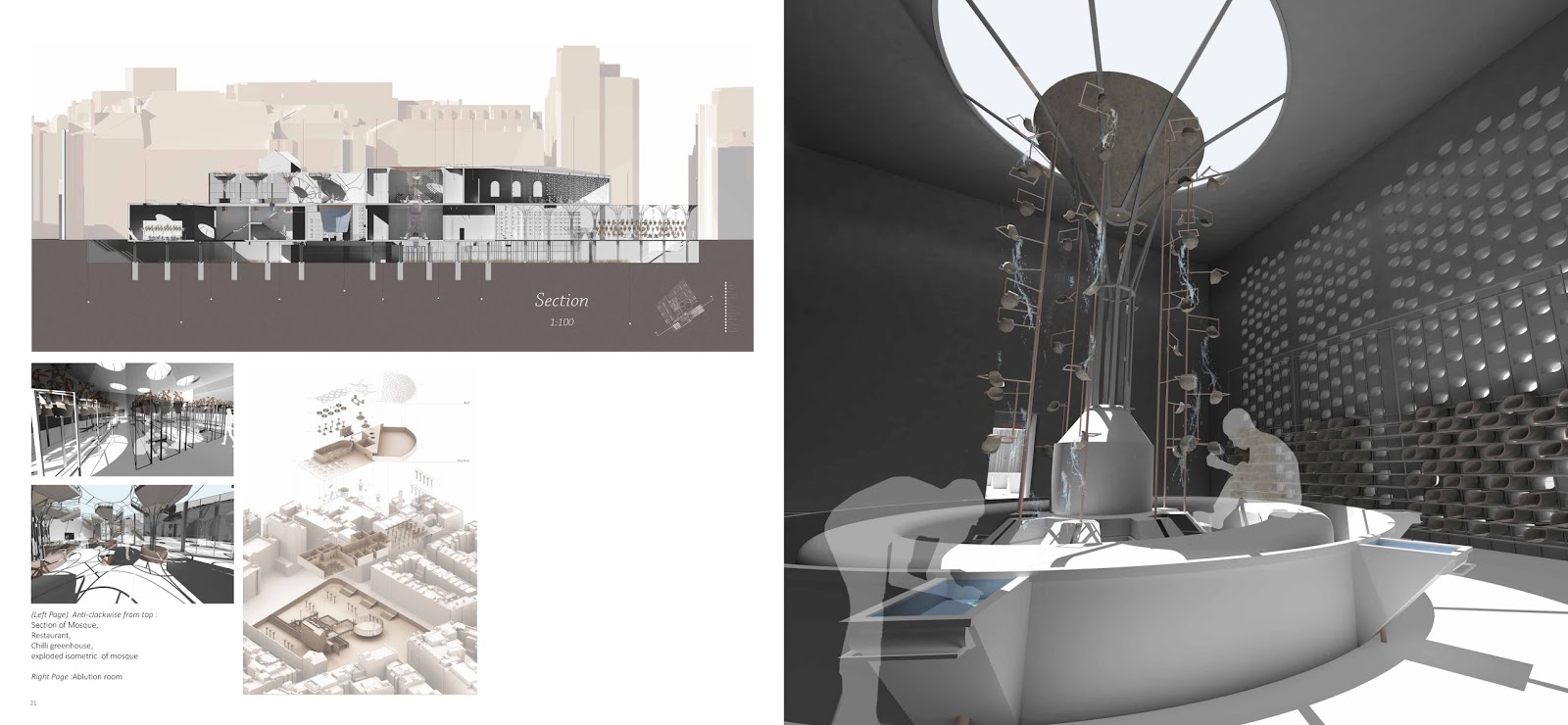Unit theme:
The theme for this year’s design investigation is that of ‘movement’ in the city, taken its very widest senses, Hence it might be related to the movement of people within the urban environment, whether they happen to be travelling around on foot, bicycle, car, underground, train, aircraft, etc. Or it might be about the movement of vehicles, or birds and animals -- or indeed of much more ephemeral moving elements like the wind, rain, light, sound, and such like. By looking at London as what is often called a ‘movement economy’, or in more social and aesthetic terms as a ‘city in motion’, how can this be used to trigger new ideas about architecture and its role in society? Your exploration will be pursued in many ways: building aesthetics, economic forces, construction techniques, inside/outside thresholds, environmental system cycles, user involvement, etc.
Main project:
Your site for the main project can be somewhere of your own choosing in London, although we will suggest in the brief a range of optional sites of different sizes in the areas where different kinds of movement can be seen as crucial. How might your building design on your chosen site add to the importance and exhilaration of movement in the city? How can the rethinking of urban movement help to create a new identity for your site as well as for its surroundings in London? Students’ projects will therefore need to explore the notion of movement to propose innovative kinds of building uses which would be able to enhance different kinds of urban and cultural interaction.
Initial project:
To start the year, students will be asked to examine the idea of movement by making a sizeable and largely abstracted model which encapsulates, in some way, the concept and realities of movement. For the workshop element of this initial project we are joined by Nicholas Szczepaniak, a RIBA Silver Medal Winner and until recently working for Thomas Heatherwick Studio, plus also Guan Lee, a leading fabricator and Bartlett doctoral student who operates his own high-quality workshop in the Chilterns where you can make your models. Students will also at the same time be split up into groups to research into particular themes around movement, with the idea that these are then incorporated into designing/making individual models/installations. Your large-scale prototype models should combine fixed methods of representation (models, photos, sketches, paintings) with time-based media (video, film). Throughout the year there will be an emphasis on research as a vital aspect of architectural design, and this will encompass many fields: anthropology, history, ecology, climate, economics, sociology, technology, everyday life, etc. High-end computer and digital model-making skills will also be taught to students as an integral part of the unit’s programme.
Field trip:
Our unit field trip in late-November will be to Seoul in South Korea to examine that fascinating and highly digitised city in which pressures of the movement of people and goods and data is ever-present. While there we will link up with local universities and architects to discover what is happening architecturally in the city, as well as examining striking cultural phenomena such as the ‘bang’ culture whereby large urban blocks with a series of rooms offer collectivised leisure experience for an incredibly wide range of ages and interests.



















































